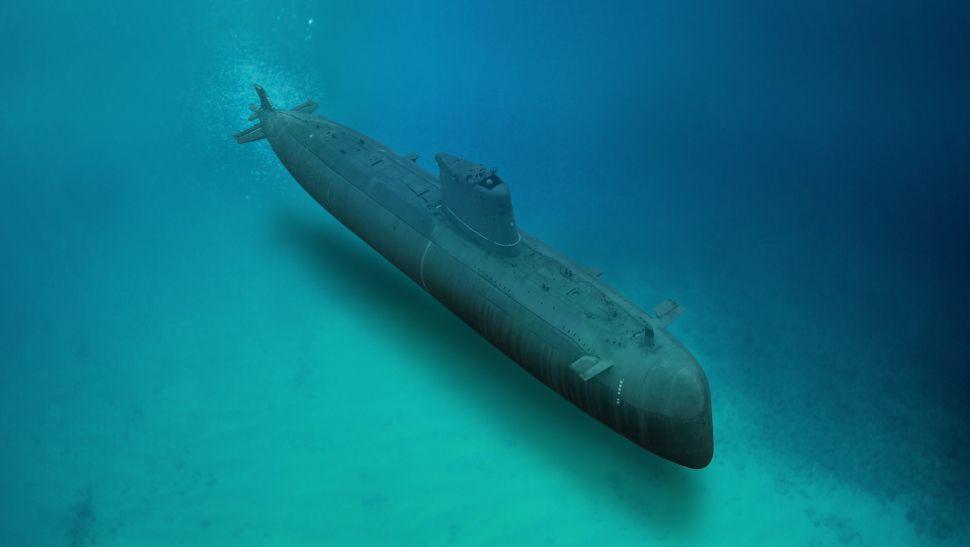- AI can process much more data from many more sensors than human operators can achieve
- But the cat-and-mouse game means there are countermeasures to confuse the AI.
- It is also necessary to take into account the increase in computing performance and the ubiquity of always-on passive sensors.
The rise of AI will reduce the effectiveness of stealth nuclear attack submarines.
These advanced multi-billion dollar submarines, designed to operate undetected in hostile waters, have long been at the forefront of naval defense. However, AI-driven advances in sensor technology and data analytics are threatening their covert capabilities, potentially making them less effective.
An article from Foreign policy and IEEE Spectrum It now claims that AI systems can process vast amounts of data from distributed sensor networks, far exceeding the capabilities of human operators. Quantum sensors, underwater surveillance arrays and satellite images now collect detailed environmental data, while artificial intelligence algorithms can identify even subtle anomalies, such as disturbances caused by submarines. Unlike human analysts, who might miss minor patterns, AI excels at detecting these small changes, increasing the effectiveness of detection systems.
Cat and mouse game.
The growing role of AI could challenge the stealth of submarines like the Virginia-class, which rely on sophisticated engineering to minimize their detectable signatures.
Noise-dampening tiles, vibration-reducing materials, and jet bomb thrusters are designed to evade detection, but AI-based networks are increasingly adept at overcoming these methods. The ubiquity of passive sensors and continued improvements in computational performance are increasing the range and resolution of these sensing systems, creating an environment of greater transparency in the oceans.
Despite these advances, the game of cat and mouse persists, as countermeasures are inevitably being developed to circumvent AI detection.
These tactics, as explored in Foreign policy and IEEE Spectrum piece, include noise camouflage techniques that mimic natural marine sounds, the deployment of unmanned underwater vehicles (UUVs) to create diversions, and even cyber attacks aimed at corrupting the integrity of AI algorithms. These methods seek to confuse and overwhelm artificial intelligence systems, maintaining an advantage in underwater warfare.
As AI technology evolves, nations will have to weigh the rising costs of stealth nuclear submarines against the possibility of them becoming obsolete. Countermeasures may provide a degree of temporary relief, but the increasing prevalence of passive sensors and AI-driven analytics suggests that traditional underwater stealth is likely to face diminishing returns in the long term.




